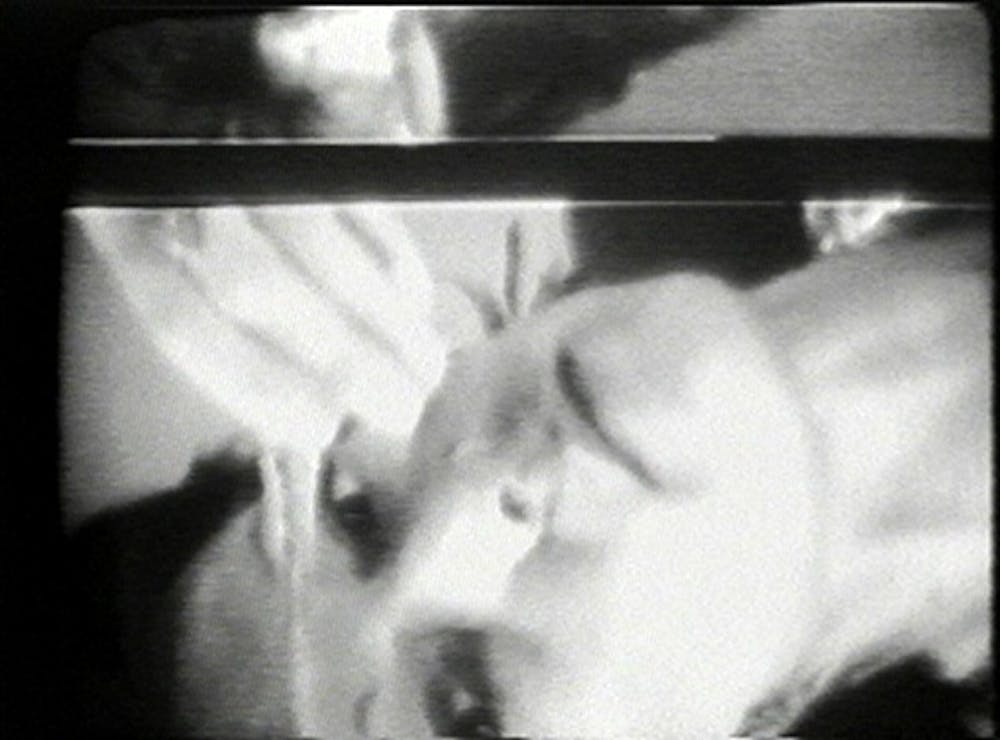An animation with pixelated effect that requires 3D viewing, a slideshow of female scientists throughout history, archival pigment prints made from a file produced with EASEL software—if for a second you're wondering whether you are in an art gallery or a science museum, then bingo, you got the gist of the exhibition Making/Breaking the Binary: Women, Art & Technology (1968-1985). The exhibit, curated by Kelsey Halliday Johnson (MFA '12), is on view until December 8 at the Rosenwald–Wolf Gallery, University of the Arts.
With the goal of “surveying a generation of pioneering interdisciplinary artists who were the first to explore the frontiers of new media at the dawn of the information age,” the exhibition attempts to contextualize the works of 16 female artists within a broader timeline of the milestones achieved by female scientists and innovators. A wide range of advanced technologies at the time were employed by these artists to experiment new possibilities of art and interdisciplinary art–making. Computer programing, 3D effects, xerography and electronic musical production manifest in the digital works of Sonia Landy Sheridan, Lilian Schwartz, Catherine Jansen, and Laurie Speigel. The exhibition juxtaposes the role of women in art and in technology. It showcases innovative experimentations by female new media artists while celebrating the remarkable contributions in STEM by female innovators.
The wall texts are more helpful than the artworks themselves in explaining how art and technology have intertwined over time. The viewer is informed that the world’s first computer program was created by Ada Lovelace between 1842 and 1843; during WWII, a group of women at Penn were recruited to be “human computers” and learned to use the first American digital computer, ENIAC. 1968 witnessed a series of exhibitions that centered around the influence of technology on artistic practice—however, one of such shows, The Machine as Seen at the End of the Mechanical Age organized by the Museum of Modern Art only included four women out of 100 artists. 20 years later, Apple’s effort to launch the Macintosh sparked public conversation about personal computing. This series of events led us to reflect on the world we live in now, which is more networked and connected than ever before, with Instagram and Pinterest acting as key platforms to look at images.
Taken as a whole, the exhibition was successful in highlighting the achievements of women in STEM, while showcasing a selection of prints, paintings, video, and audio works by female artists using innovative technologies. The addition of archives, ephemera, a timeline, and a bookshelf containing key volumes on the exhibition topic makes up for the relatively small number of artworks presented. The exhibition structure that tries to tie art and technology together was more parallel than integrated, but conceptual connections can still be made. The word “women” in the title was prominent in this all–women show, but the idea of “gender” was not necessarily highlighted. The exhibition is more of a rediscovery and celebration of new media art created by women, rather than an interrogation of issues of underrepresentation and inequality.

